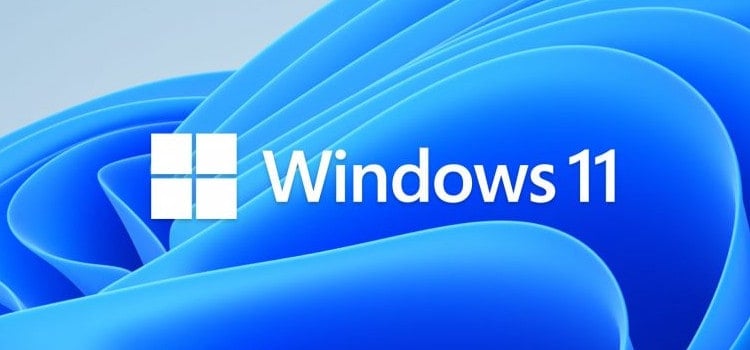- Joined
- Jan 31, 2021
- Messages
- 99 (0.06/day)
| System Name | gaming pc MSI |
|---|---|
| Processor | Ryzen 9600x |
| Motherboard | X870 GAMING PLUS WIFI |
| Cooling | BE QUIET DARK ROCK PRO 5 2 120 mm fans in front of case and 1 120mm fan at rear |
| Memory | 2 x 16gb ram |
| Video Card(s) | asus rtx 4070ti |
| Storage | 1 samsung 990 Pro 2tb i wd black sn 850 1tb 1 wd black sn 850 500gb |
| Display(s) | msi pro mp273u |
| Case | corsair |
| Power Supply | corsair rm850 |
| Mouse | corsair hapoon rgb pro |
| Keyboard | corsair k30 |
| Software | windows 11 |
yes please






